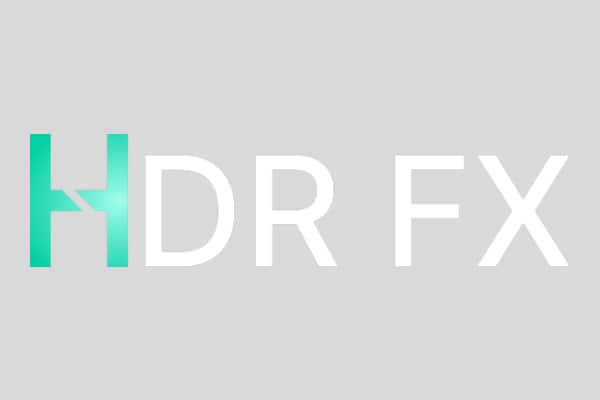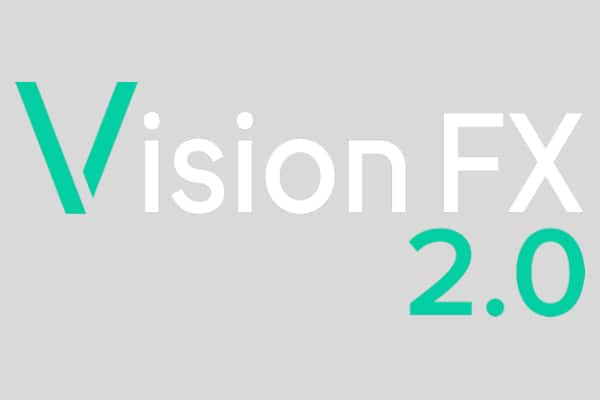PaintShop Pro comes with a wide selection of brush tools that you can use to add some unique and creative elements to your photos. In this tutorial you’ll learn how to save your preferred brush settings like shape, density, thickness, size, rotation and more. You’ll also learn how to make a custom brush using a selected shape or image.
Want to learn more about the brush tools? Check out our tutorial on Using Brushes in PaintShop Pro.
Download your FREE 30-day trial and make every shot your best shot with PaintShop Pro, your all-in-one photo editing and design software.
What’s New in PaintShop Pro
Digital Scrapbooking
Artistic Tools and Projects
Featured products
 PaintShop Pro 2023 Ultimate
PaintShop Pro 2023 Ultimate
 AI HDR Studio 3.0
AI HDR Studio 3.0
 PaintShop Pro 2023
PaintShop Pro 2023
 Vision FX 2.0
Vision FX 2.0
How to Create Custom Brushes in PaintShop Pro
Did you know that PaintShop Pro comes with a wide selection of brush tools that offer countless ways to work creatively with your images? For example, you can apply soft- or hard-edged brushstrokes of any color or material, paint with another image as a source, retouch images to correct colors or contrast, replace colors, or paint with picture tubes.
You can choose from the following brush tools:
- Paint Brush — creates strokes of color that simulate strokes from an artist’s paintbrush. Brushstrokes can have hard or soft edges. The Paint Brush is a multipurpose tool that can be used to edit an image by applying color to areas as small as a single pixel. This tool can be used to adjust transparency in specific areas or to create a selection.
- Airbrush — simulates an airbrush or spray can. The longer you apply the brush to an area, the more pronounced the effect becomes.
- Warp Brush — produces a warping effect on image pixels. You can twirl areas of the image, contract or expand parts of the image, and create other interesting effects.
- Picture Tube — lets you paint with a collection of preset objects. For example, you can add butterflies and beetles to a picnic setting, fill an aquarium with fish, or frame a picture with holly. You can use the picture tubes included with Corel PaintShop Pro or create your own.
- Eraser — causes pixels to become transparent.
- Background Eraser — erases pixels selectively.
- Clone Brush — lets you edit your image by using parts of the image, or parts of another image, as a paint source.
- Color Replacer — replaces a color in a selection or layer with another color.
- Retouch Brushes — let you retouch images. Some retouch brushes mimic photographic effects. Others change pixels based on lightness, saturation, hue, or color values. Some retouch brushes are similar to color correction commands in the effects they produce.
Different brush strokes can make drawing and painting a lot of fun and you can even create your own brush tips to use with the painting tools. This tutorial will show you how to save your preferred brush settings like shape, density, thickness, size, rotation and more. You’ll also learn how to make a custom brush using a selected shape or image. After you create a custom brush tip, you can share it with others by sending them the brush file. If the brush uses a custom shape, you must share both the brush file and the custom shape file for that brush.
1. On the Tools toolbar, choose a painting tool, such as the paintbrush.
2. Next, from the Tool Options palette, you can modify the settings for the brush.
3. Click the brush tip drop-list to display current brush tips.
4. Then click the Create Brush Tip button in the brush tip drop-list.
5. The Create Brush Tip dialog box will guide you through the process.
6. When you’re finished, click OK.
The new brush appears in the brush tip drop-list. You can use the new brush with any of the painting tools that display this drop-list.
When you create a brush tip, all options selected for the brush are saved, including the brush shape, step, density, thickness, size, hardness and rotation settings. You can even include the variance settings in creating a brush tip. The settings that you save can be applied to any tool that has a brush tip control in the Tool Options palette.
You can also make a selection, and then use the selection to create a custom brush with a width and height of up to 999 × 999 pixels. So let’s try that now. I want to create a brush tip out of this snowflake image.
1. First, make a selection around the area you want to convert into a brush.
2. On the Tools toolbar, choose a painting tool like the paintbrush.
3. On the Tool Options palette, click the brush tip drop-list to display current brush tips.
4. Click the Create Brush Tip from Selection button. A preview of the new brush appears in the Create Brush Tip dialogue box.
5. Enter a name for the brush in the Name box.
6. Select a step value. Click OK.
In addition to brush tips, you can create brush presets. When you create a preset, all settings specified for a particular tool are saved, including all of the parameters and variance settings. The tool preset is available only when you select that particular tool.
1. Select a painting tool and modify any of the tool options.
2. On the Tool Options palette, click the Preset drop-list.
3. Click the Save Preset button. The Save Preset dialogue box appears.
4. Type a name for the brush preset.
5. To enter additional information, click Options and then fill in the Author, Copyright or Description fields if you wish.
Download your FREE 30-day trial and make every shot your best shot with PaintShop Pro, your all-in-one photo editing and design software.

